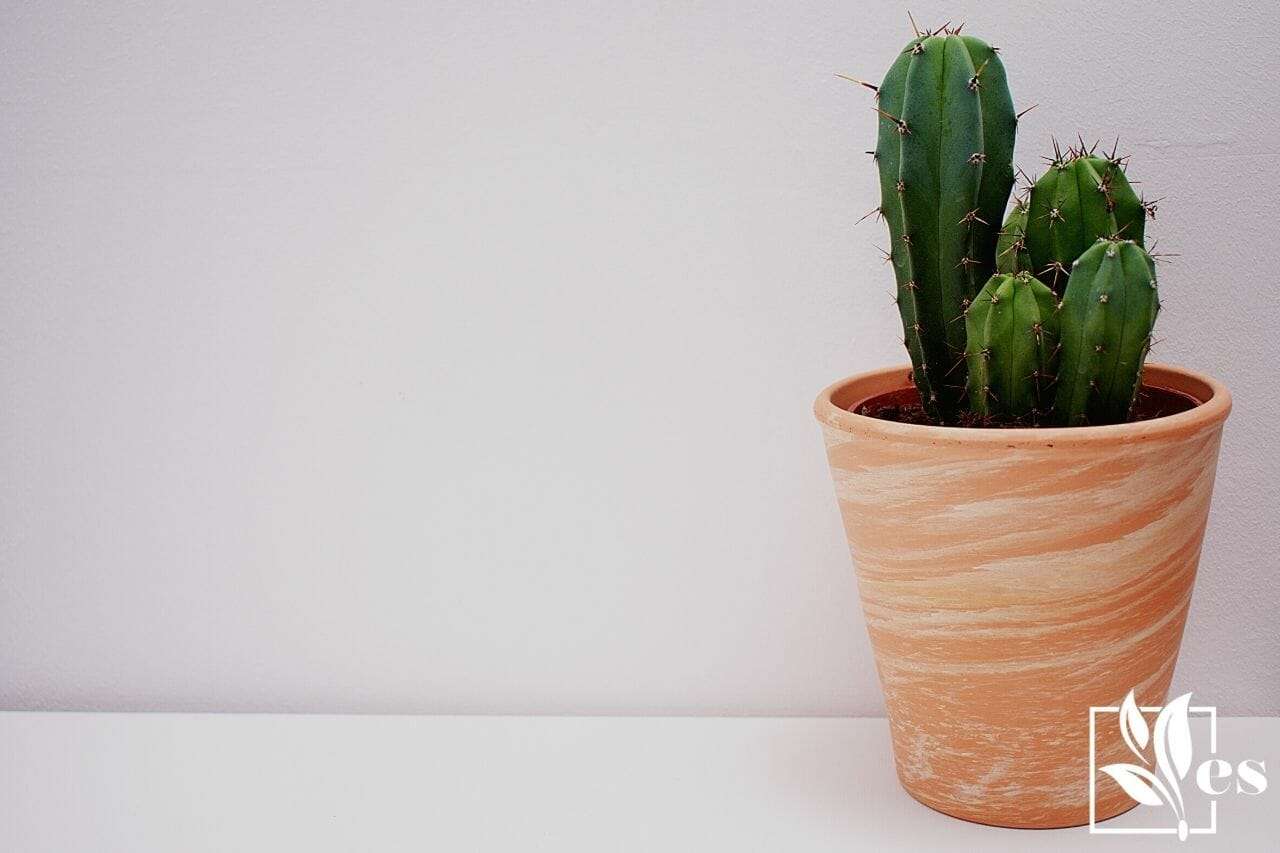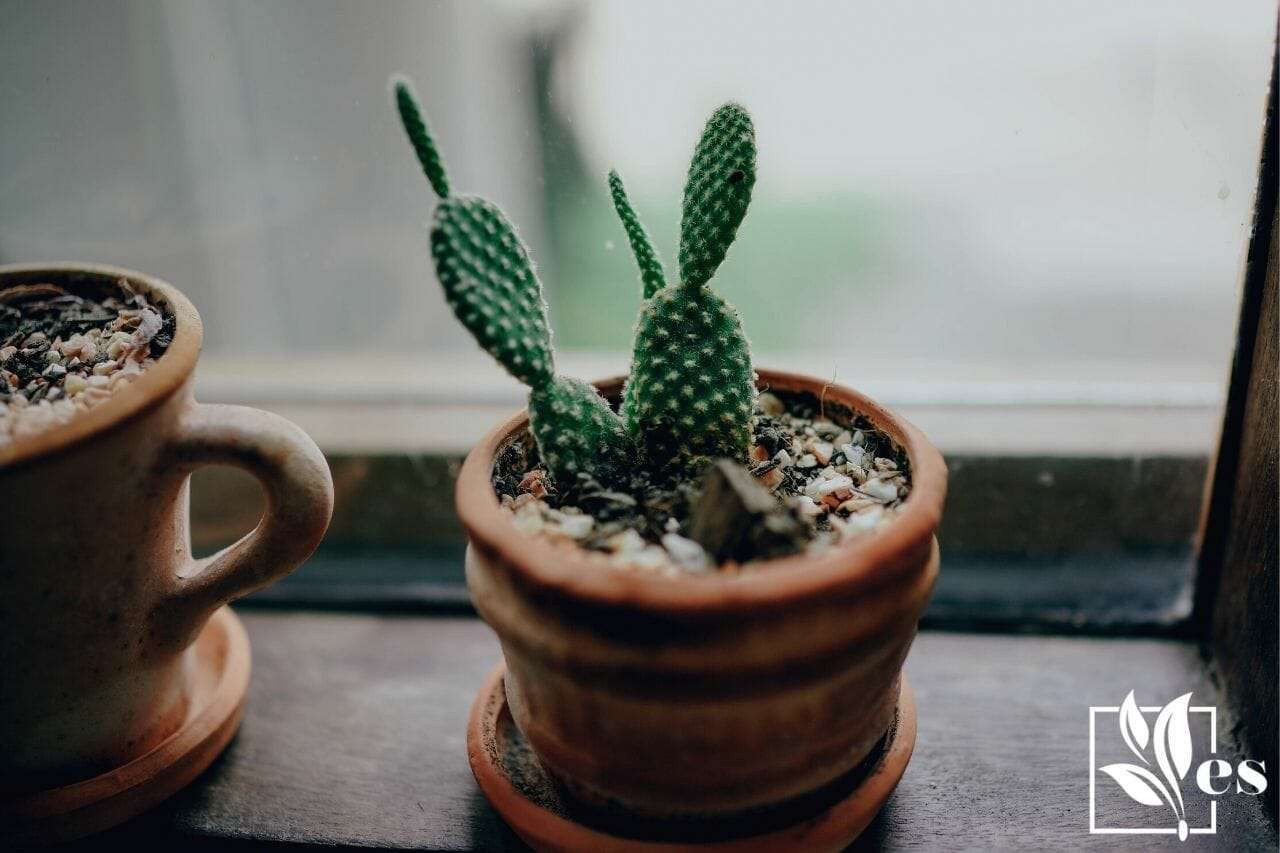 White spots on cactus become an alarming sign when they appear on attractive cacti and ruin the aesthetics of the plant.
White spots on cactus become an alarming sign when they appear on attractive cacti and ruin the aesthetics of the plant.
Cacti require less care, water, and precision than most non-succulent plants making them suitable for busy plant-lovers.
However, a busy plant-lover still needs to take the time for this species as it is vulnerable to the unexpected appearance of white or web-like spots. So if you are curious about what causes these spots, read along to feed your curiosity.
JUMP TO TOPIC
Why Are There White Spots on My Cactus Plant?
White spots on your cacti appear due to a pest infestation, such as scale and mealybug infestation. In some rare cases, white spots on your cacti can be a white fuzz, a fungus growth due to powdery mildew. However, in any case, you have to treat these spots as soon as you have identified them to prevent further foliage damage.
– Pests
These sneaky pests hide along the veins and the joints of the leaves to feed on its sap. Yet, the most disturbing thing about these pests infesting your plant is that they get advanced before you even realize their appearance.
The lifecycle of a mealybug lasts for a maximum of ten weeks. In the first two weeks, the eggs develop into nymphs, and in the next six to eight weeks, they mature and become fully grown insects.
In this short lifespan, they multiply their population, and some plant lovers get shocked to see their cacti covered in white patches overnight.
It was not overnight, but these insects were in your cacti for longer than you think. However, no need to feel bad about it. Now it’s essential to take the necessary steps to kill these insects.
– Fungus
The fungus causes soft white fluffs on the cacti, which results in stunted growth, yellowing, and deformed foliage. It can rarely happen to your cacti if given the right conditions. However, the fungus is likely to grow in exceedingly humid or wet atmospheres.
How To Fix White Spots on Your Cacti
As we read above, most cacti plants are at risk of pests infestation, and only rare ones are at the mercy of fungi growth. Before treating your cacti, it is essential to know which case you have to deal with, as both pest infestation and fungus result in white patches. So how can we differentiate the two?
Indoor cacti are more vulnerable to pests like cochineal (mealybugs and scale) than fungi. But still, to confirm whether it’s a cochineal insect or a fungus, you can perform a simple test.
You can gently scrape the white stuff off your cacti using a gardening utensil and squish it. If that white thing is a cochineal insect, like a mealybug or scale, it will produce a bright red juice.
You may alternatively use your fingers to carry out this test but be careful while scraping your cacti, or else your fingers will be the ones producing bright red juice!
Once you have identified a pest infestation, prepare yourself for a one-sided battle with these insects. They may seem destructive with a fast-growing rate, but they are slow workers compared to other pests like spider mites.
However, you can still not afford to ignore them any longer, as most likely, they have already advanced by the time you identify them. So it’s best to carry out any of the following procedures without wasting a breath.
– Rubbing Alcohol
If you are patient enough to sit down with your cacti and hunt down the insects one by one, this method is time-consuming but most suitable for you. In this procedure, you will need some cotton balls and alcohol.
Take cotton, soak it in rubbing alcohol, and dab or rub the cotton on the white pest that is likely a mealybug. Also, you can wear gloves for extra precaution, but it’s not a necessary step. Moreover, you will have to switch to a fresh cotton ball after every few kills to prevent contamination and unnecessary spreading.
Once you have touched the bugs with an alcohol-soaked cotton ball, they will die instantly. To eliminate them completely, you will have to make sure to dab each bug with alcohol-soaked cotton.
You can inspect every corner of your cacti, the base of the cacti, the underside of the leaves, leaf joints, and even the soil. You can find these sneaky bugs under the upper layer of the dirt soil regardless of its type.
After eliminating them from the surface of the cacti, you can remove the upper layer of the soil to check their existence. Although it is uncommon to find them there, the chances are still not zero.
You will have to repeat the process every day for a week to make sure you have eliminated all these bugs. This method is ineffective when the pests have infested most of the cacti. It will take you forever to remove all the bugs.
In such a case, we prefer you use an insecticide. You will have two options, buy an insecticide from a nearby store or make one at home. We favor the DIY option. So let’s show you how you can make a bug-killing spray at home.
– Homemade Insecticide
Undoubtedly, using a homemade insecticide is quicker than dabbing insects one by one, but it may have a harsh side effect on your cacti. While keeping this in mind, let’s see what it takes to make this deadly potion.
As the main components of the insecticide, you will need liquid soap and distilled water, which are luckily available in every household. Add one teaspoon of liquid soap to one liter of distilled water. Mix the solution well, and there you have it, your homemade potion.
You have two ways to use this homemade insecticide.
– Method 1
First, you can pour the solution into a spray bottle. So you can spray the insecticide on the infested part of your cacti. Moreover, you can also add neem oil to your solution to make your potion more deadly to the pests. The proportion of the oil should be three times as much as liquid soap for a better success rate.
Once you are ready, try to spray the mixture on the surface of the cacti. While doing this, make sure the spray reaches all parts as these tiny insects can hide in all the places you would not expect them to. So try not to spare even the slightest fraction.
Repeat this process every day for a couple of days until you do not see them for good. Once there is no sign of these insects, you can mist the cacti with distilled water to clean the soap off the surface of the cacti.
– Method 2
In another way, you can take your cacti to the shower or sink, anywhere with water drainage, and rub all the parts of the cacti with homemade insecticide. Again, try to be thorough and not to leave any part untreated. Once done, you can rinse the cacti with cold fresh water to drain out the dead insects and remove the soapy residue.
After rinsing, you can isolate your cacti from other plants and let them dry in serene. Why isolate them? Well, to be on the safe side. We are yet not sure if the cacti are hundred percent clean from pests and will not contaminate other plants.
For at least two weeks, keep the infected cacti isolated, and use one of the natural pesticides to kill any individual insect you see alive and lurking around.
– Use Bugs to Kill The Bugs
Do you know you can use bugs to kill the bugs? If there is pest infestation on your outdoor cacti, here is a fascinating way to eliminate them.
You will need ladybugs and green lacewings larvae as both feeds on the cochineal bugs and put them on your cacti. Nothing to worry about, ladybugs and lacewings are a threat to cochineal insects and not your cacti. Now you may wonder where to get these insects. You can get them from nearby insect breeders or order online from beneficial insectary.
All the above methods can take around weeks or even months, depending upon the population of the pest infestation. You can continue the treatment until the cacti are free from infestation.
– Treating Fungus Growth
If you scrape and squish the white spots off your cacti or the prickly pear and it does not produce red juice, know that you have to deal with fungi.

For starters, cut off the infected parts of the cacti using a sterile knife or clippers. They spray fungicide on the healthy parts of the cacti. You can get a fungicide spray online or at any store, but if you are a cost-effective person, you can also make a spray at home.
Take a tablespoon of baking soda, hydrogen peroxide, and liquid soap, and mix it in water. Pour the mixture into a spray bottle, and there you have it, your cheap yet effective cactus fungicide.
Next, spray your cacti once every two weeks for about six to twelve months to eradicate the fungus once and for all.
Final note:
To save your cacti from frosting, you can move them indoors and if they are already indoors, then shift them to a warmer room. In the case of burning, spray water on the cacti to prevent dehydration and move them to a shaded place where indirect sunlight reaches in abundance. Also, if your cactus turns black or has some black spots, you can still revive it.












